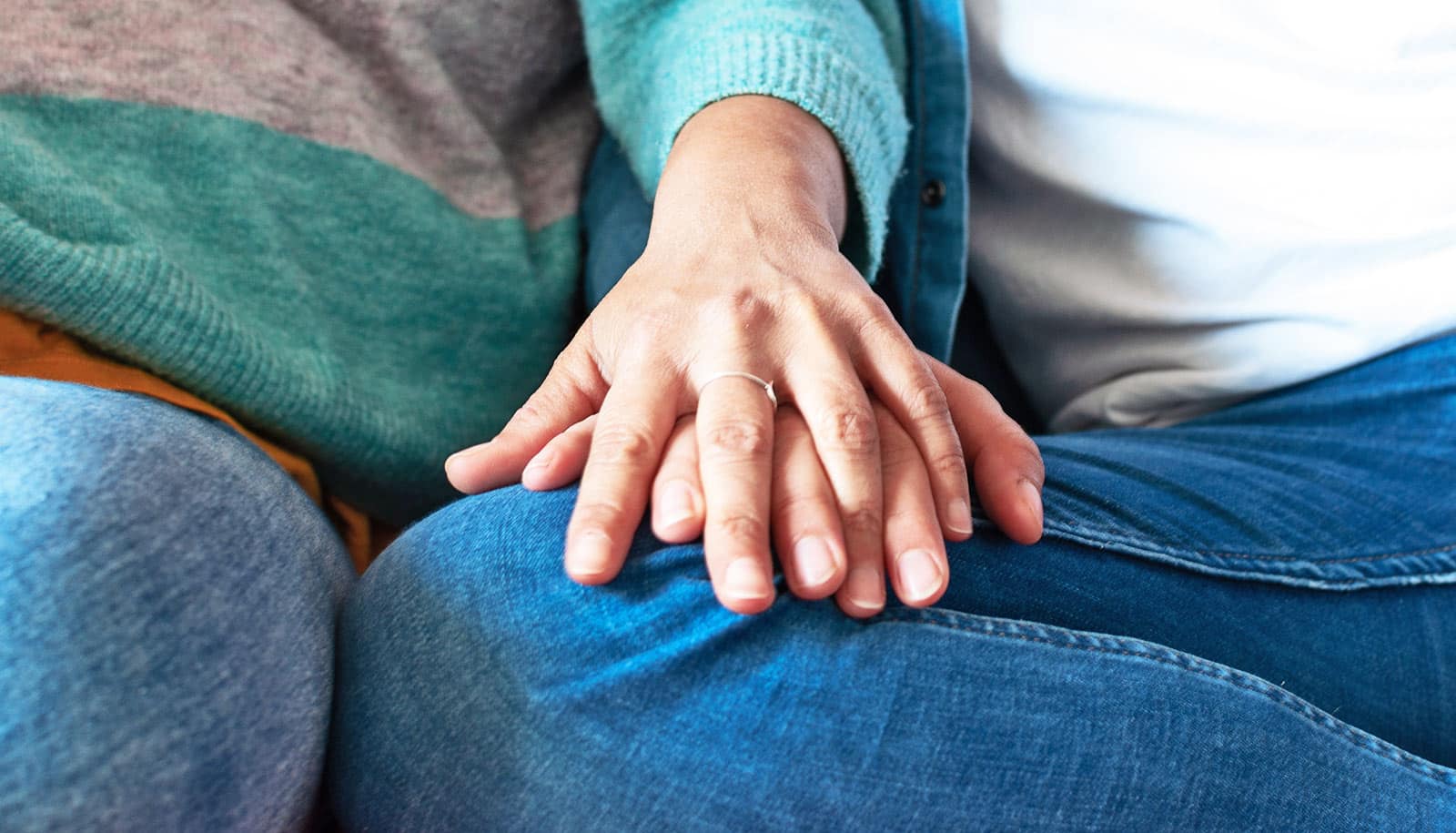Interviews show that African-American women in abusive relationships use a variety of strategies pulled from three general categories to survive intimate partner violence.
“There’s this stereotype that African-American women who experience abuse are probably reacting to it a certain way, but there is a range of responses,” says Noelle M. St. Vil, an assistant professor in the University at Buffalo School of Social Work and lead author of the paper in Social Work.
“Some fight back, some turn to prayer, some turn to family and friends, and others turn to law enforcement or other outlets.”
Love or abuse? Many teens can’t tell the difference
Roughly 40 percent of African-American women have experienced intimate partner violence. The portrayal of victims of intimate partner violence in media, and even in previous research, is of the passive victim, which does not accurately capture the realities of African-American women, according to St. Vil.
“The most important element here in the way African-American women respond to violence is that it’s not a matter of one size fits all.”
“There are these dynamics when you look at black male/female relationships and you have to be careful of larger stereotypes we see in the media of the angry black women and the hyper-masculine black male,” she says. “The most important element here in the way African-American women respond to violence is that it’s not a matter of one size fits all.”
Based on interviews with 29 women who had reported physical or sexual abuse by an intimate partner, St. Vil and colleagues from Johns Hopkins University identified internal, interpersonal and external responses as the three general survival strategies that emerged from the research.
Internal strategies included use of religion and becoming self-reliant.
“These are women who said they turned to God,” says St. Vil. “They used the church as a resource, whether it was attending services, engaging in prayer, or talking to a pastor.”
The external responses found the women reaching out to informal sources of support, such as family or friends, or other formal resources, from the police to domestic violence service organizations.
The interpersonal strategies found the women fighting back, which most commonly involved leaving the abuser. For some women, this meant temporarily leaving either the room or the relationship.
One survivor told the researchers that she walked out of the room as soon as an argument began. Others said they left because they needed a break from the relationship, while still others left altogether, according to St. Vil.
Women also reported using self-defense because they were tired of being hurt, and that using violence was a way of releasing frustration and, in some cases, ending the violence.
Regardless of which strategies women used, St. Vil says there are other actions to consider.
“One of the things we need to think about is the bystander intervention piece of intimate partner violence,” she says. “We hear about bystander interventions as it relates to sexual assault on college campuses and how we get kids to intervene, but we also need to think about that with intimate partner violence.”
She says many of the women talked about either going to the hospital or visiting family. “Those are excellent intervention points,” says St. Vil.
“If we can talk to families as they come into the hospital, explaining to them the nature of intimate partner violence, we can explain how to best assist a loved one by explaining how to intervene when they see things starting to escalate.
“We need to equip everyone with the skills to adequately address intimate partner violence and help those who are experiencing it,” she says.
Source: University at Buffalo



